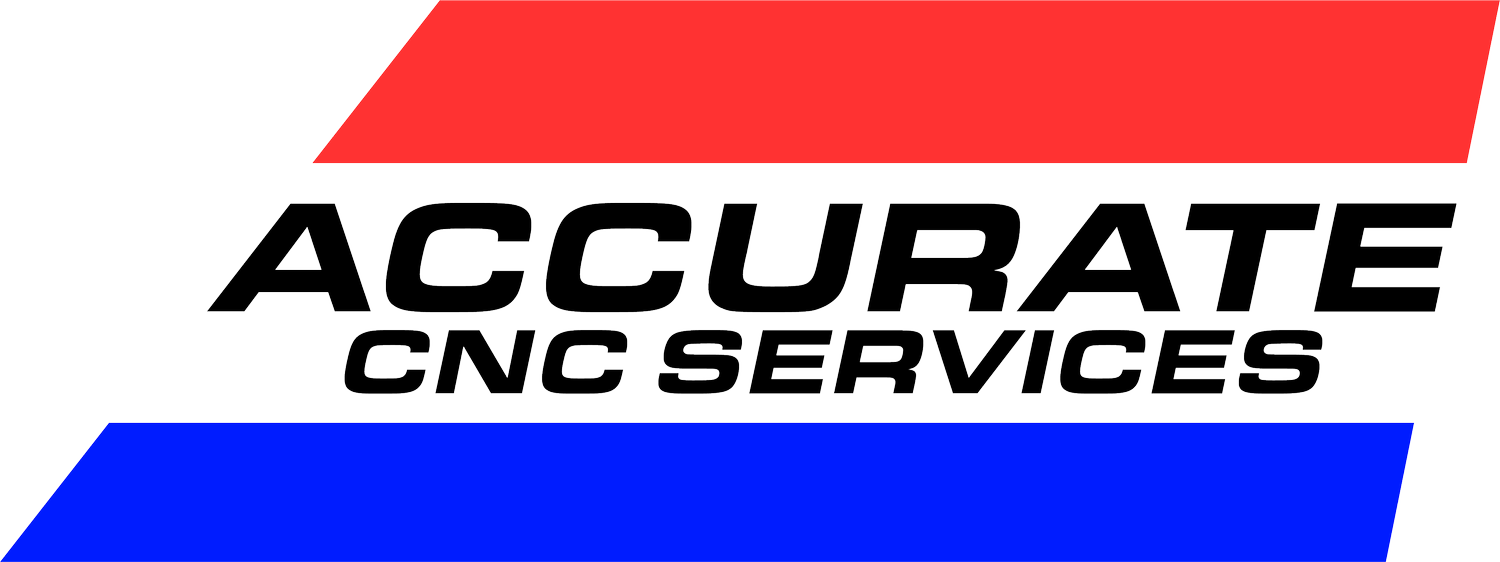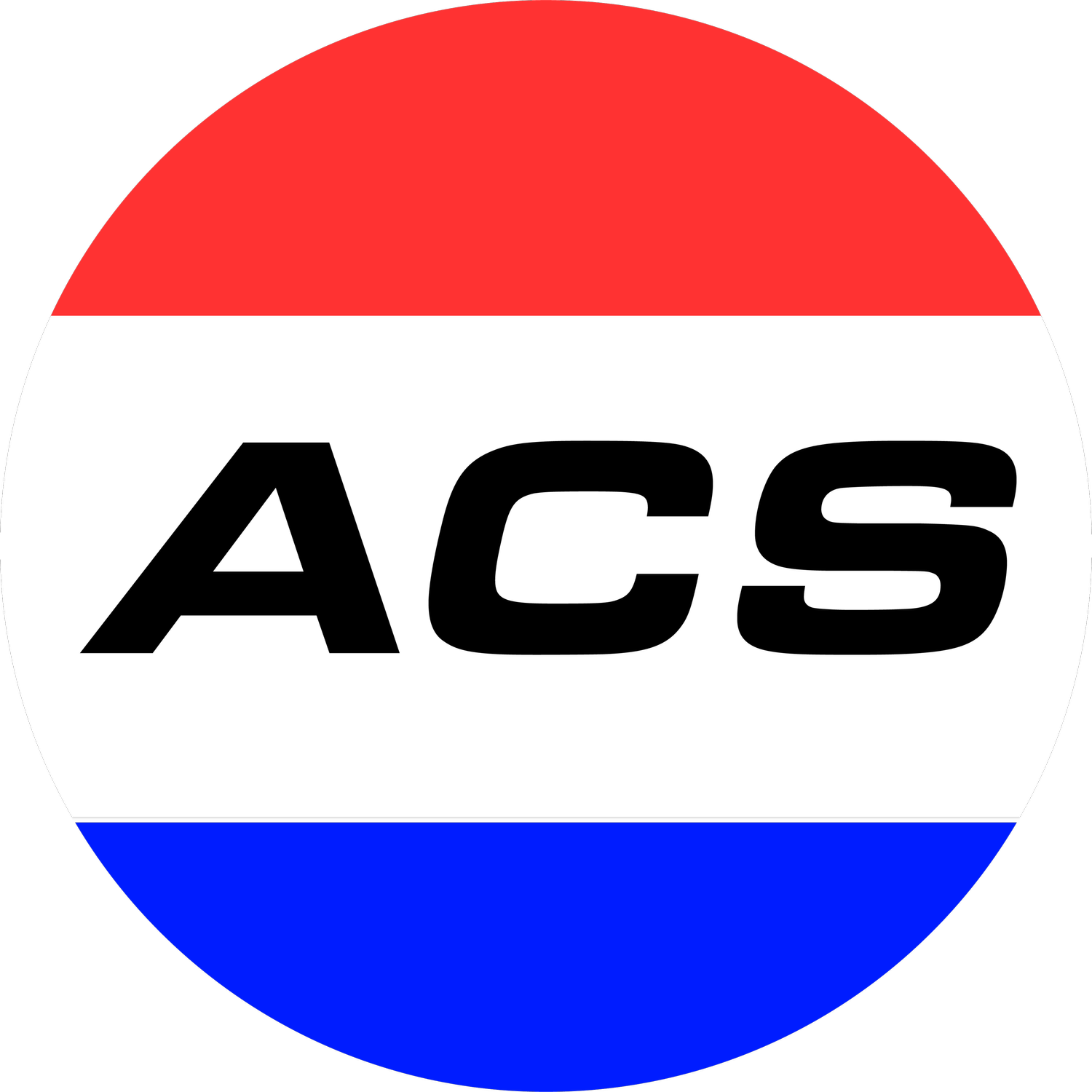4 Details to Include in 3D Printed Part Designs
The more information we have about your project, the better we can help you achieve your manufacturing goals. This wisdom applies to all types of projects that come through our Idaho machine shop. But today, we’re focusing on 3D printed parts.
Accurate CNC Services is thrilled to offer in-house 3D printing services as a fast and cost-effective option for prototypes and low-volume productions. The next time you need a 3D printed part, be sure to include the following information so we can hit the ground running.
1. Shell Thickness
Let us know how thick you want your shell, plus the desired thickness around holes and other features that go through the part.
Some shops offering 3D printing services may ask you to break this down further into wall thickness and top and bottom layer thickness, but we like to make it easy for our customers. If you tell us your preferred shell thickness, we’ll figure out all the exact details.
In this image, the part on the left has a wall thickness of approximately 2.0 mm, and the part on the right has a wall thickness of approximately 0.8 mm.
2. Infill Density and Pattern
Most 3D printed parts aren’t solid inside because printing a completely dense part requires extensive time and material, leading to prohibitively high costs. Instead, parts contain infill—the term for the internal patterns found in 3D printed parts.
It’s possible to print infill in various patterns and percentages. The higher the percentage, the denser (i.e., stronger) the part. Some infill patterns and percentages will allow a part to twist and flex. When lightweighting is a goal, a low infill percentage can ensure a part is light enough for its application. If you need a fully dense part, we can do an infill percentage of 100%.
Because there are so many options for approaching infill, it helps to have a general idea of what you have in mind. If you need guidance when making this determination, just let us know, and we’ll ask you questions so we can provide a recommendation.
The image on the left shows different infill densities. The image on the right shows a different infill pattern and a 100% infill (solid) part.
3. Specific Preferences or Concerns
Are you concerned about specific features? Worried about seeing "layer lines” on an aesthetic part? Let us know, and we can work together to find a solution.
The part pictured here started drooping because the overhangs were too vertical. That tells us that we either need to put in supports or adjust the design. Supports are doable, but adding them would increase the project’s cost due to the extra material and post-processing requirements. Because cost is a major concern for this customer, we’re working with him to adjust the design to prevent drooping without using supports.
4. Material
There are many different materials compatible with 3D printing, so be sure to include your desired material when you request a quote. Unsure of what material is best for your application? We’re here to help!
PLA is the most cost-effective material, but we recommend it only for parts requiring minimal strength and durability. When parts require moderate strength, PETG is a great solution. If high strength is essential, we’ll likely recommend PA6, a high-performance engineering plastic.
Get 3D Printed Parts from Our Idaho Machine Shop
3D printing is an excellent choice for many parts, such as one customer’s 3D printed fog light bezels. The possibilities are virtually endless, so let’s get creative together!
Request a quote with as many details as you can, and the friendly folks at our Idaho machine shop will help you figure out the rest.





